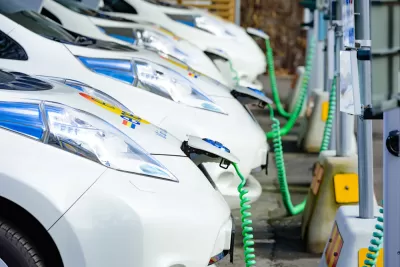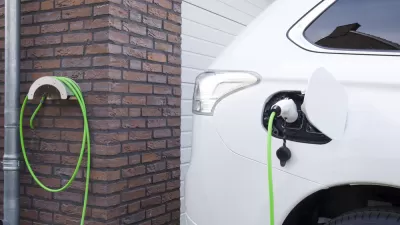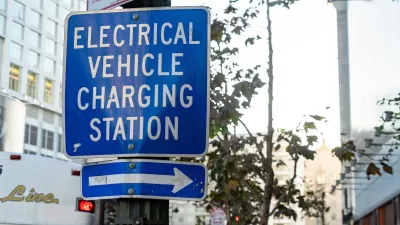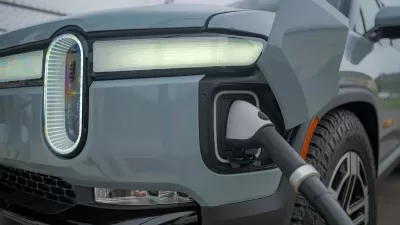People won't drive electric vehicles much differently than they drive gas powered vehicles. That means charging infrastructure will be needed in communities to supply electricity for many short drives.

The U.S. Department of Energy's Office of Energy Efficiency and Renewable Energy this month released an analysis of the nation's electric vehicle infrastructure, designed to establish expectations for the amount of infrastructure necessary to support both plug-in hybrid electric vehicles (PHEVs) and battery electric vehicles (BEVs).
The analysis is organized into four geographic areas: cities, towns, rural areas, and Interstate Highway System corridors.
Among the concerns addressed in each category of geographic area is the amount of non-residential direct current fast charging (DCFC) stations necessary to assuage the "range anxiety" of electric vehicle owners. "To ensure that BEV drivers in cities are never more than 3 miles from a DCFC station, approximately 4,900 DCFC stations are required across the United States," explains the Executive Summary of the report. "Providing the same level of coverage for towns would require approximately an additional 3,200 DCFC stations."
Comparatively, "[t]he analysis finds that approximately 400 corridor DCFC stations (spaced 70 miles apart on average) are required to provide convenient access to BEV drivers across the U.S. Interstate System." It doesn't require a calculator to figure out that community-based electric vehicle infrastructure will ne needed in much larger supply than infrastructure on the highways that connect communities.
FULL STORY: National Plug-In Electric Vehicle Infrastructure Analysis

Planetizen Federal Action Tracker
A weekly monitor of how Trump’s orders and actions are impacting planners and planning in America.

Congressman Proposes Bill to Rename DC Metro “Trump Train”
The Make Autorail Great Again Act would withhold federal funding to the system until the Washington Metropolitan Area Transit Authority (WMATA), rebrands as the Washington Metropolitan Authority for Greater Access (WMAGA).

DARTSpace Platform Streamlines Dallas TOD Application Process
The Dallas transit agency hopes a shorter permitting timeline will boost transit-oriented development around rail stations.

Renters Now Outnumber Homeowners in Over 200 US Suburbs
High housing costs in city centers and the new-found flexibility offered by remote work are pushing more renters to suburban areas.

The Tiny, Adorable $7,000 Car Turning Japan Onto EVs
The single seat Mibot charges from a regular plug as quickly as an iPad, and is about half the price of an average EV.

Supreme Court Ruling in Pipeline Case Guts Federal Environmental Law
The decision limits the scope of a federal law that mandates extensive environmental impact reviews of energy, infrastructure, and transportation projects.
Urban Design for Planners 1: Software Tools
This six-course series explores essential urban design concepts using open source software and equips planners with the tools they need to participate fully in the urban design process.
Planning for Universal Design
Learn the tools for implementing Universal Design in planning regulations.
Roanoke Valley-Alleghany Regional Commission
City of Mt Shasta
City of Camden Redevelopment Agency
City of Astoria
Transportation Research & Education Center (TREC) at Portland State University
US High Speed Rail Association
City of Camden Redevelopment Agency
Municipality of Princeton (NJ)





























